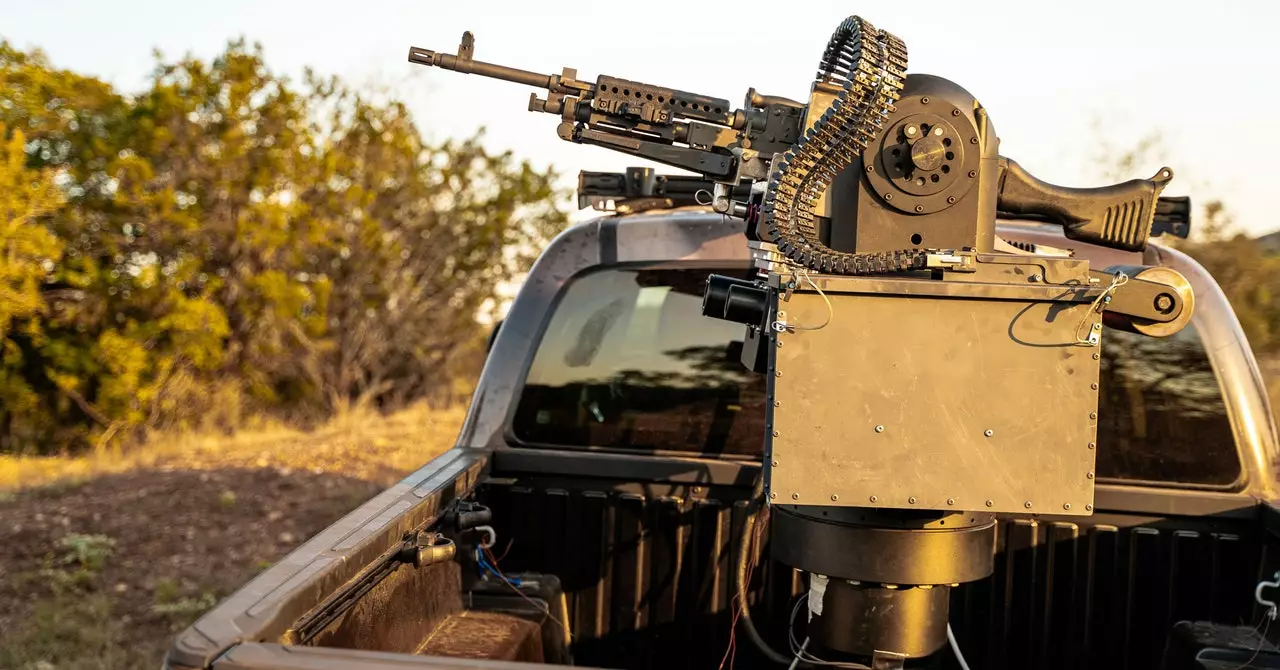In the evolving landscape of warfare, the rise of unmanned aerial vehicles (UAVs) poses an unprecedented challenge for military forces across the globe. Drones are not merely tools for surveillance; they have morphed into formidable weapons in the hands of adversaries, capable of inflicting harm on troops stationed far from home. American soldiers are increasingly finding themselves in a precarious position, threatened by the very skies they once dominated. This imminent danger has sparked an urgent demand for innovative defense strategies capable of neutralizing the drone threat.
Faced with this ever-growing challenge, the United States military is pursuing a multi-faceted approach that encompasses technological advancements and redefined operational strategies to protect its forces. Traditional methods of engagement are being enhanced—not replaced—by a slew of cutting-edge solutions designed to address the intricacies posed by aerial threats. Among these efforts is a pivot towards automation, leveraging artificial intelligence (AI) and robotics to enhance the efficiency and accuracy of weapon systems. The recent testing of an autonomous gun system, the “Bullfrog,” exemplifies this shift towards integrating sophisticated technology into conventional military operations.
The Bullfrog, a project conceived by Allen Control Systems, stands out due to its blend of simplicity and state-of-the-art technology. Armed with a 7.62-mm M240 machine gun mounted on a unique turret, the Bullfrog features an electro-optical sensor and proprietary AI software that facilitates precise target engagement. This integration allows it to outperform standard infantry weapons like the M4 carbine or XM7 rifle in terms of targeting efficiency against small, agile drones. Footage from recent trials demonstrates its ability to swiftly track and destroy aerial threats, a feat that could redefine how the military approaches drone combat.
High-ranking officials within the Pentagon have acknowledged the promising performance of the Bullfrog. In an interview following a demonstration, Alex Lovett, the deputy assistant secretary of defense for prototyping and experimentation, expressed optimism about the system’s potential as a practical solution for countering low-cost drones effectively. If officially adopted, the Bullfrog would mark a significant milestone, potentially becoming the first lethal autonomous weapon system in the U.S. military’s arsenal, an evolution that raises ethical and operational considerations about the future role of automation in warfare.
While the design and testing of advanced weapon systems like the Bullfrog signal a leap forward, there remains a substantial challenge in operationalizing these technologies in real-world scenarios. Shooting down swarming, fast-moving drones requires not only effective weaponry but also strategic planning and intelligence. The U.S. military has recognized this complexity, exploring alternative methods of engagement such as deploying unconventional munitions and enhanced training regimens to prepare troops for counter-drone operations. From utilizing “smart” optics that limit firing capabilities to modifying traditional firearms for improved effectiveness, the military’s drive towards innovation underscores a comprehensive understanding of the battlefield’s evolving dynamics.
Furthermore, the integration of drone countermeasures into basic training aims to ensure that both seasoned and new military personnel are adequately prepared for this emerging threat. By making drone defense as routine as traditional marksmanship, the U.S. aims to sharpen the skills necessary for addressing this specific challenge. However, the ethical implications of autonomous systems in warfare remain a contentious subject, emphasizing the necessity of rigorous oversight and responsible deployment.
As military conflicts grow more complex and adversaries adapt rapidly, the evolution of weapons systems like the Bullfrog represents an essential step in maintaining operational superiority. The merging of advanced robotics and artificial intelligence with conventional weaponry demonstrates a forward-thinking approach, answering pressing needs without dismissing the fundamental skills of the fighting force. Yet, as the Pentagon navigates these changes, it must also grapple with the profound ethical implications that come with deploying lethal autonomous systems.
The future of warfare will undeniably hinge not only on technological prowess but also on the thoughtful consideration of how such systems are ethically integrated into military strategy. As we forge ahead into this new era, the dialogue around autonomous weaponry must include both technical advancements and moral accountability, guiding policies that ensure international stability amidst evolving threats. The Bullfrog heralds not just a weapon, but a pivotal moment in military history that could shape the manner in which wars are fought moving forward.

